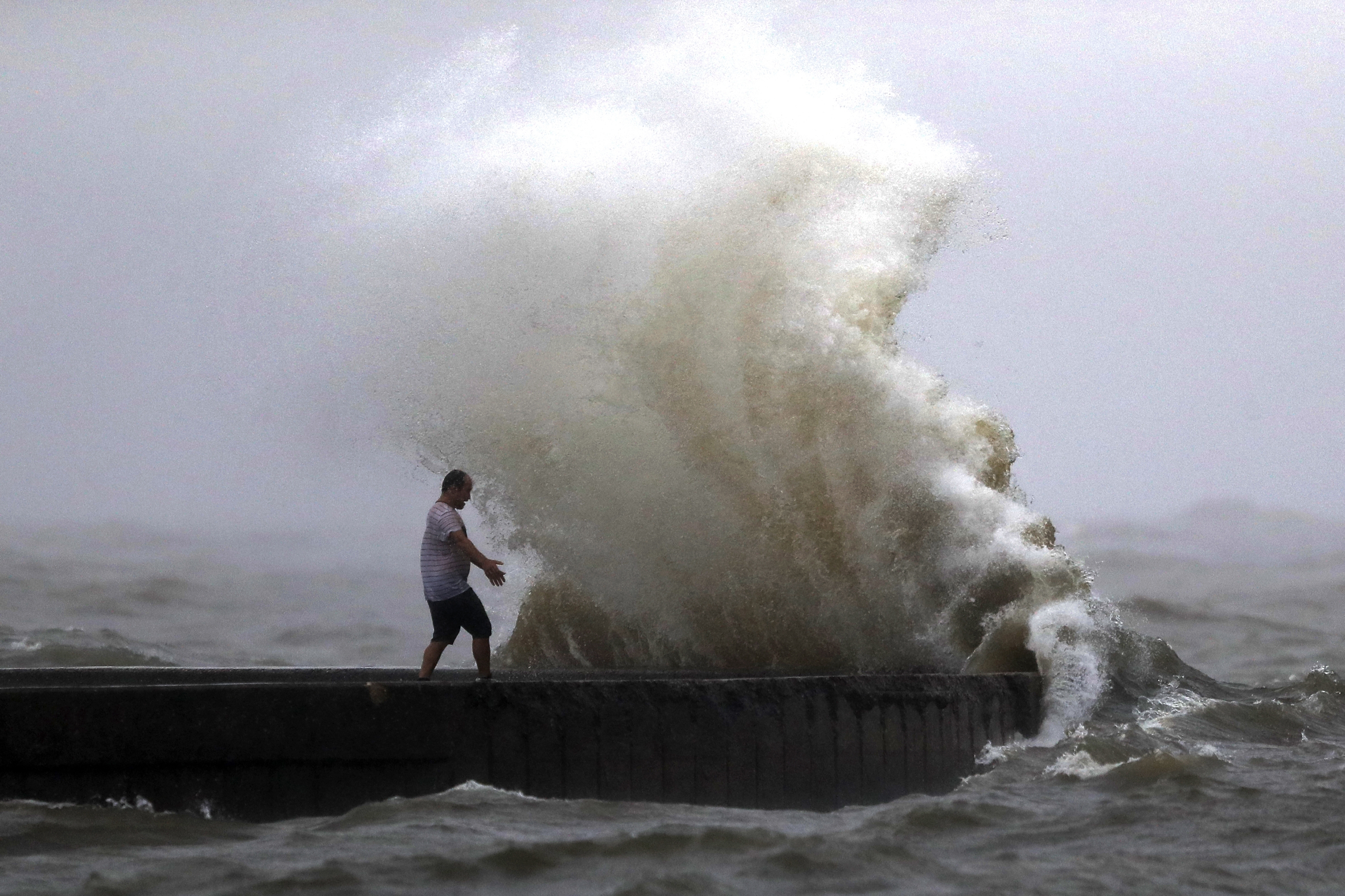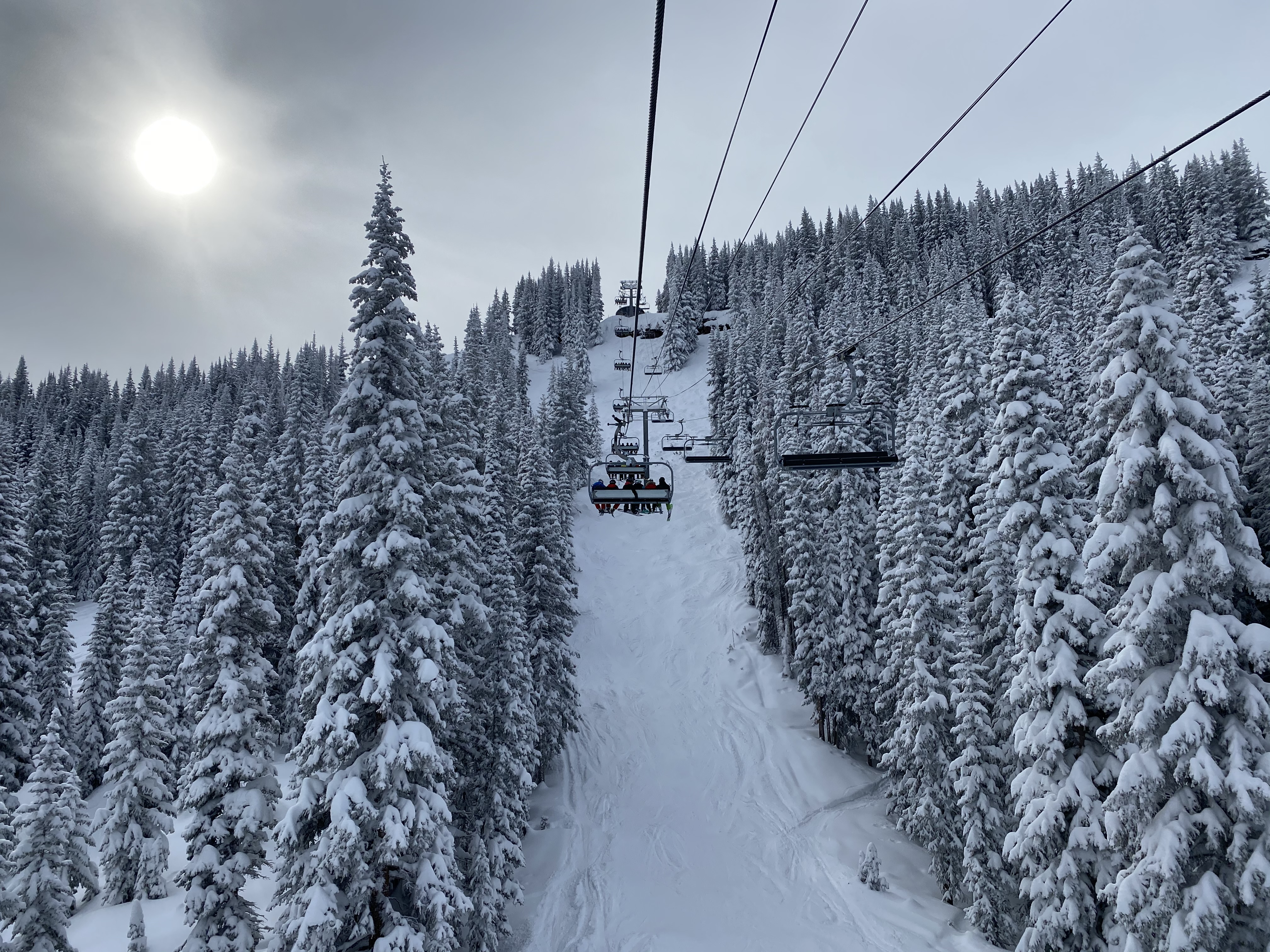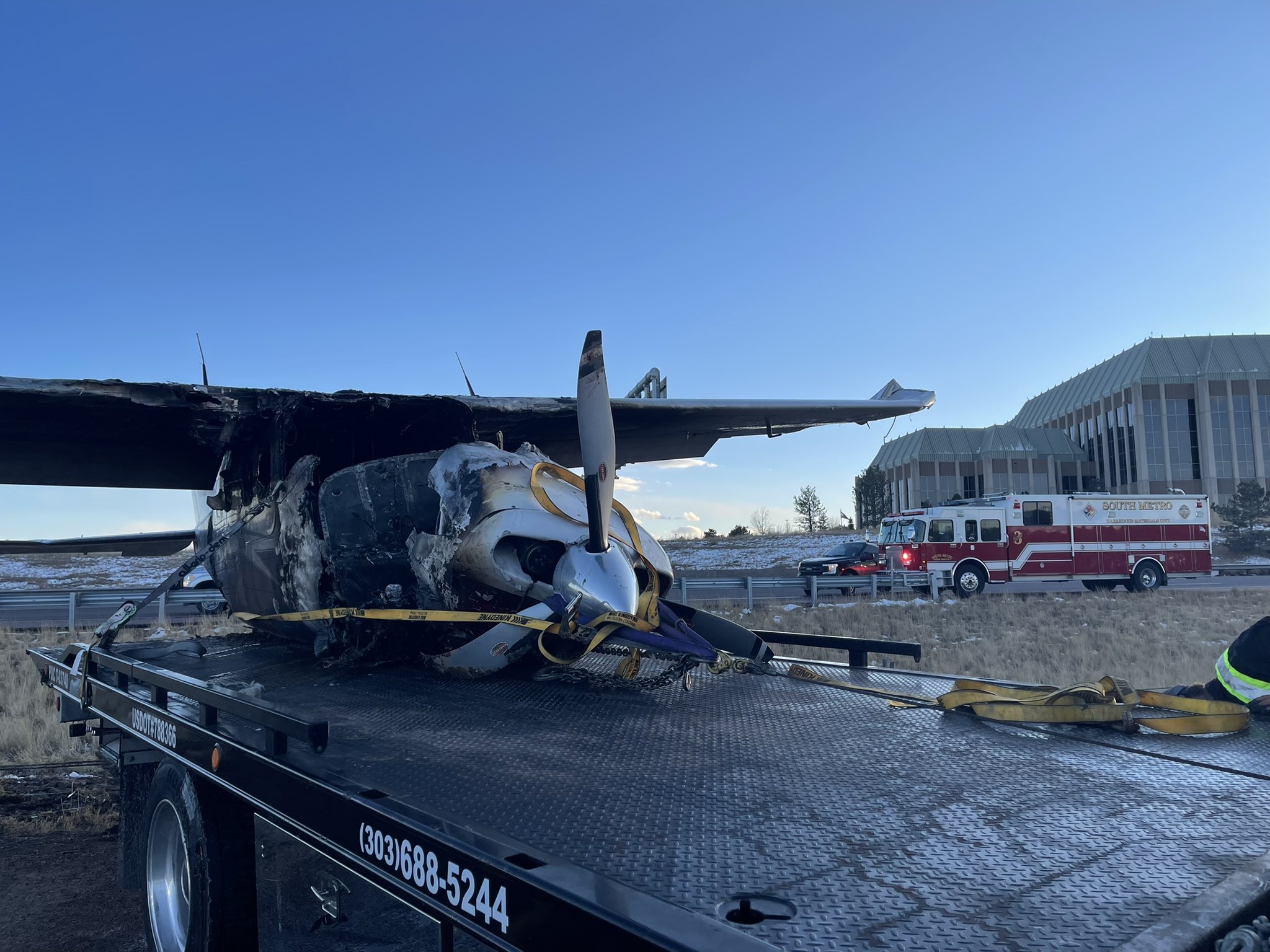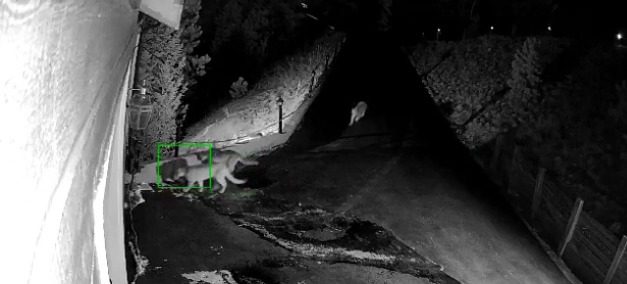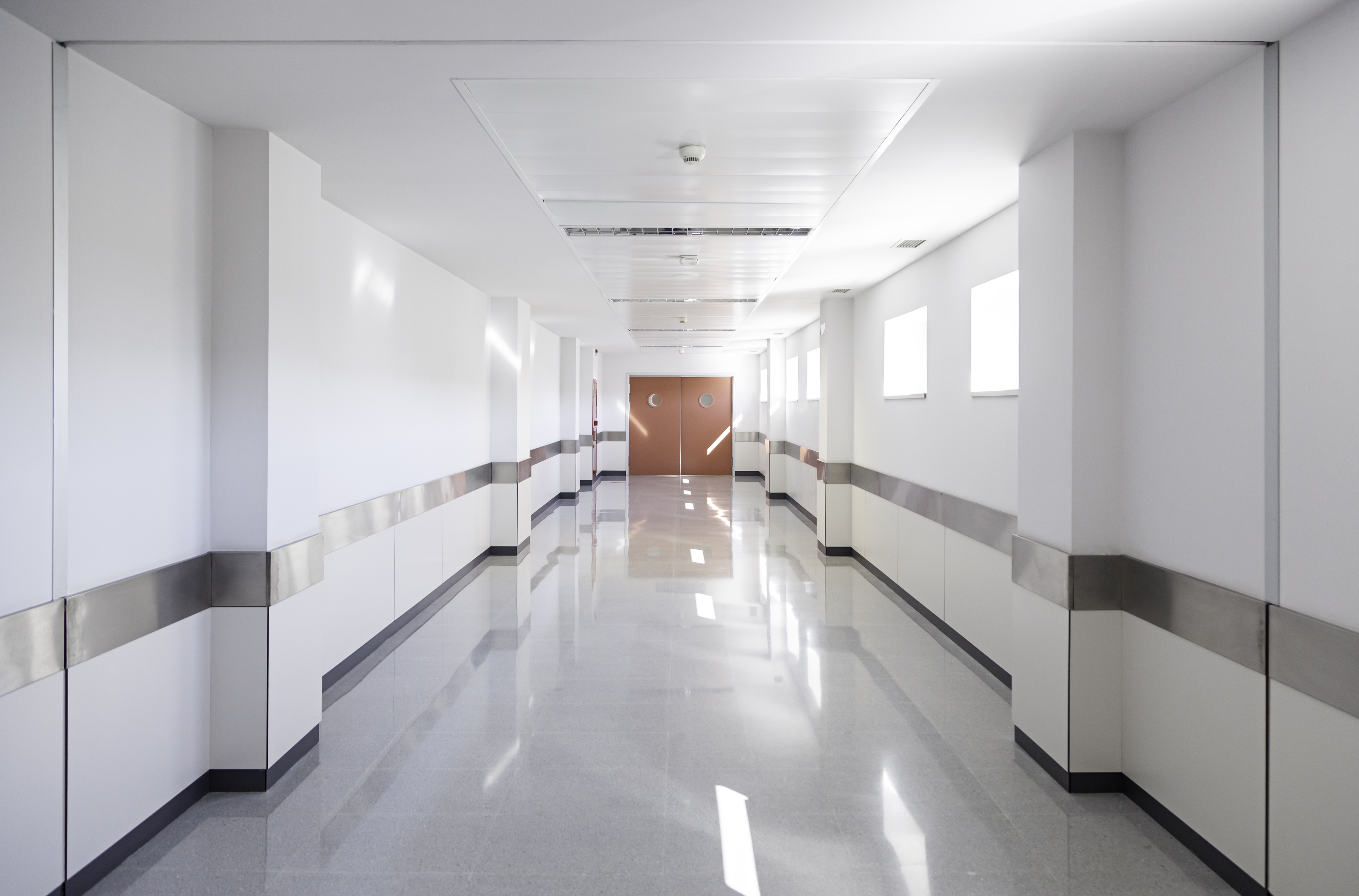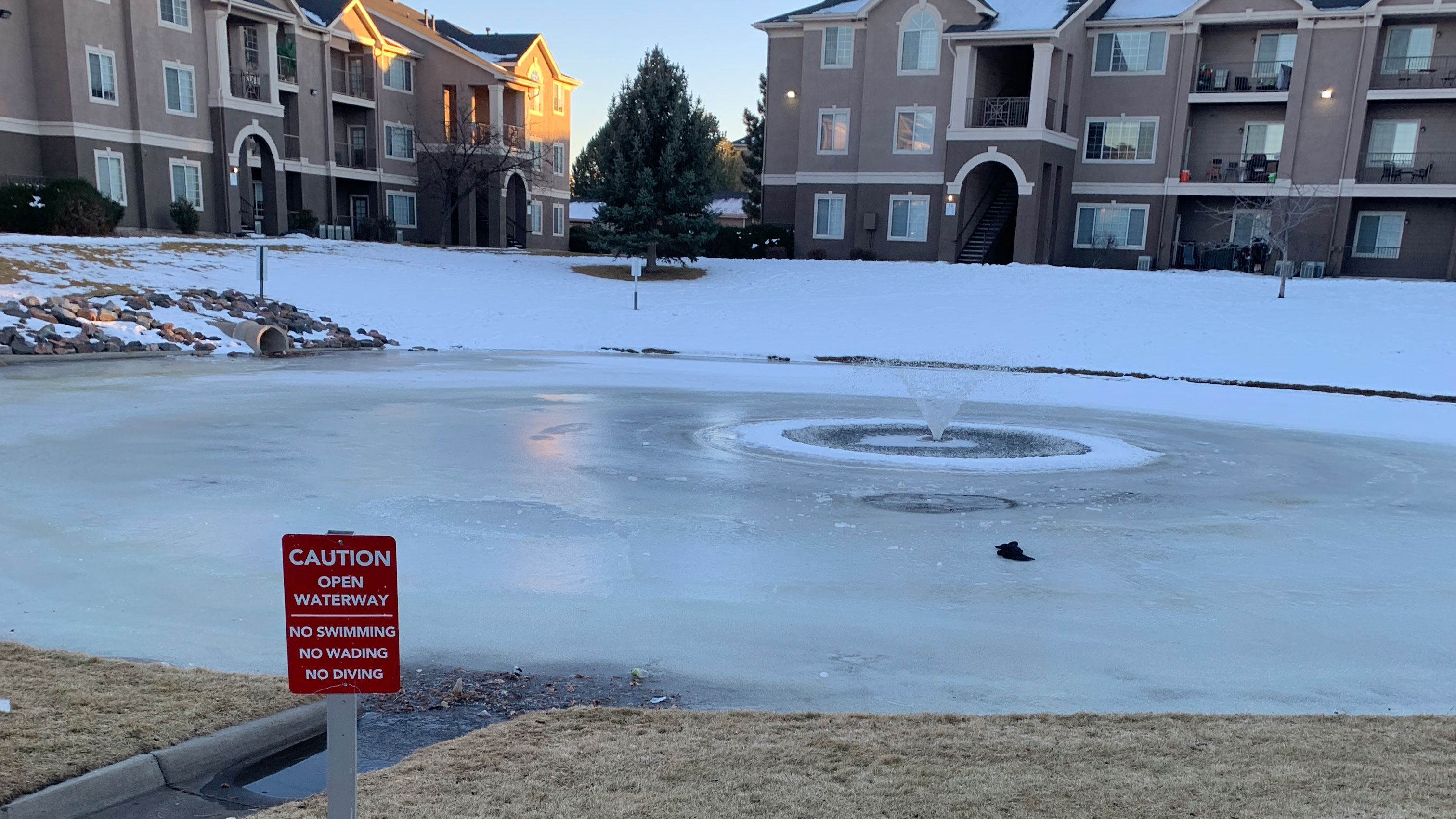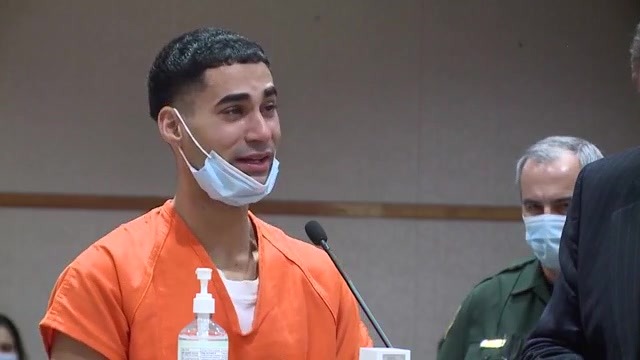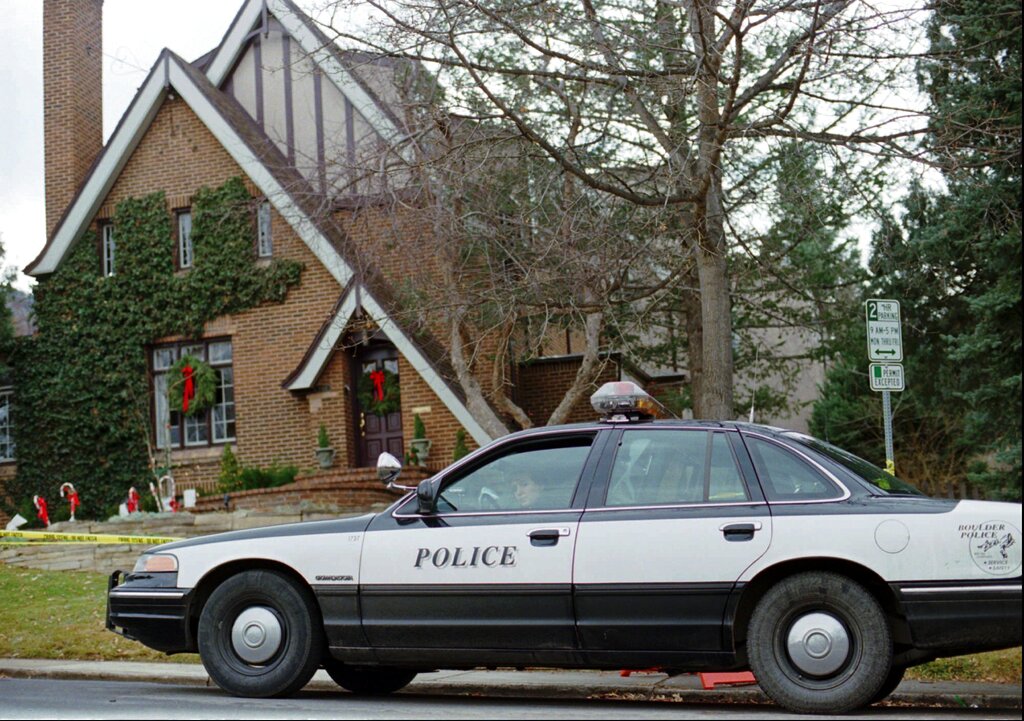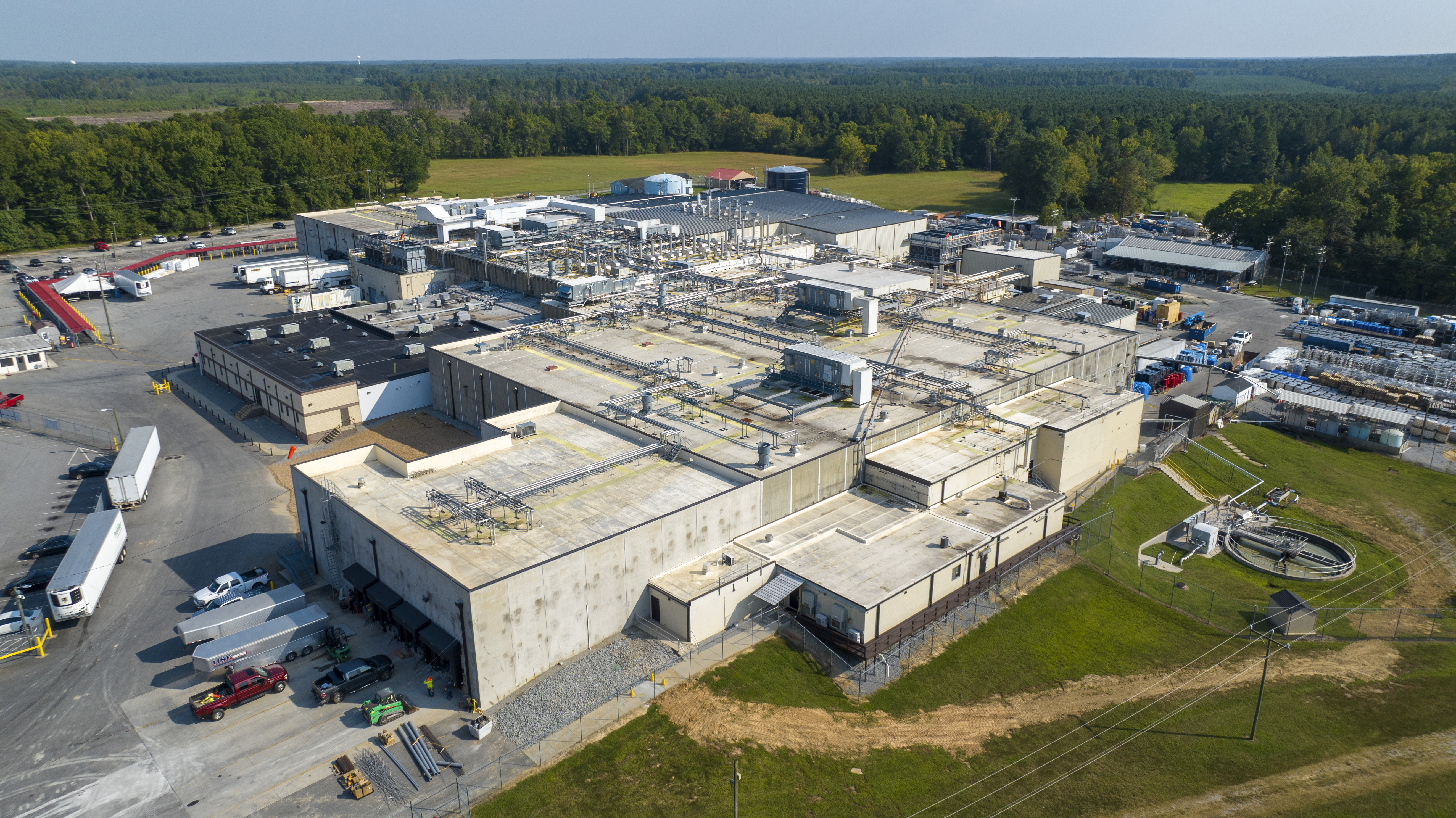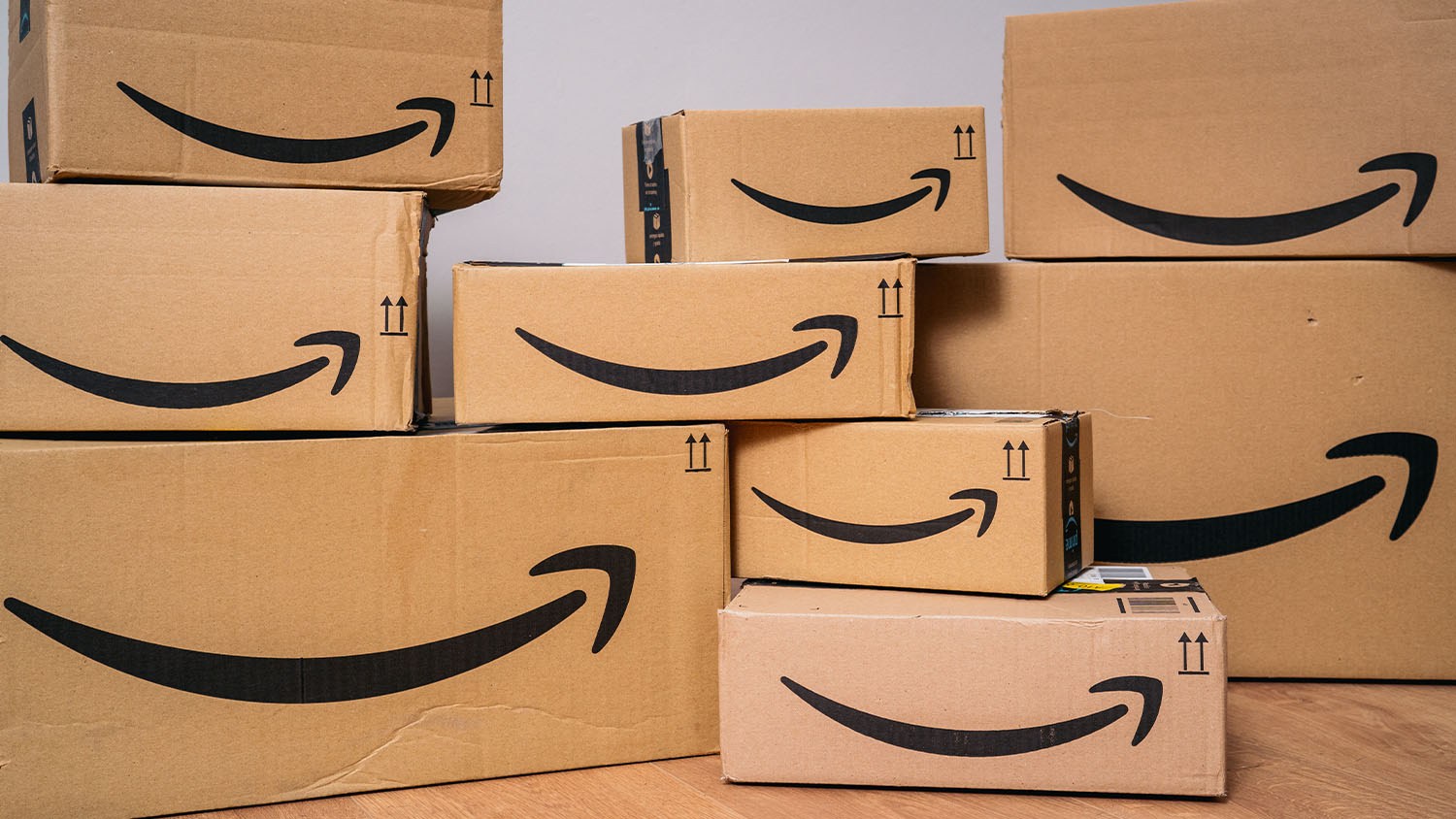PORTSMOUTH, Va. (WAVY) — The coronavirus pandemic has forced educators and students into virtual classrooms, and while experts say some learning is happening online, some students are falling behind.
“Many people need the hands-on instruction and they’ve been falling further behind making the achievement gap worse than it was to begin with,” said Congressman Bobby Scott (D-Va.).
According to a recent McKinsey and Company study, the pandemic learning loss isn’t equal. Black students with no access or poor access to internet are falling further behind.
“As COVID hit, we were interested in seeing what do we think the impacts would be. So, in June we did an initial report that was projections, based on research on who was logging on. Were students of color logging on less than white students? And that was the case,” said Scott.
McKinsey and Company partner Bryan Hancock says they worked with Curriculum Associates to get data from thousands of students who took a standardized test around the country. They compared how the students tested in the fall of 2020 to previous falls. Through the comparison, they were able to see what learning loss happened in the spring — and specifically for students of color.
“There were differences between the scores of students who attended schools that were majority-white. Those students had about three months of learning loss in math and schools that were majority students of color and those students had three to five months of learning loss,” said Hancock.
Scott, who is the chairman of the committee on education and labor, says that learning loss for minorities during the summer months is already a well-established problem.
“There is a concept called the ‘summer slide’ where they’ve calculated that low-income students — because they get little intellectual stimulation during the summer — end up about two months behind in September from where they were in June,” said Scott.
Now he fears that the same type of learning loss will be intensified due to COVID-19 — a time period that is, so far, nearly triple that of a typical summer slide.
“We’ve had a summer slide, not just two months but six, eight months. Probably the better part of a school year, so we have a lot of catching up to do,” said Scott.
Dr. Kipp Rogers, the chief academic officer for Virginia Beach City Public Schools, says younger students have more time to make up the lost learning than older students — leaving kids in sixth to 12th grade particularly vulnerable during the pandemic.
“We monitor our attendance at the secondary level greatly, so much so that each school has a team who has a plan in place for students who are not engaging as we would like them to,” said Rogers.
There’s still no clear answer on when students and teachers will exit their virtual classrooms, but Hancock says the fact that learning is happening, even in the middle of a global pandemic, is a sign of hope.
